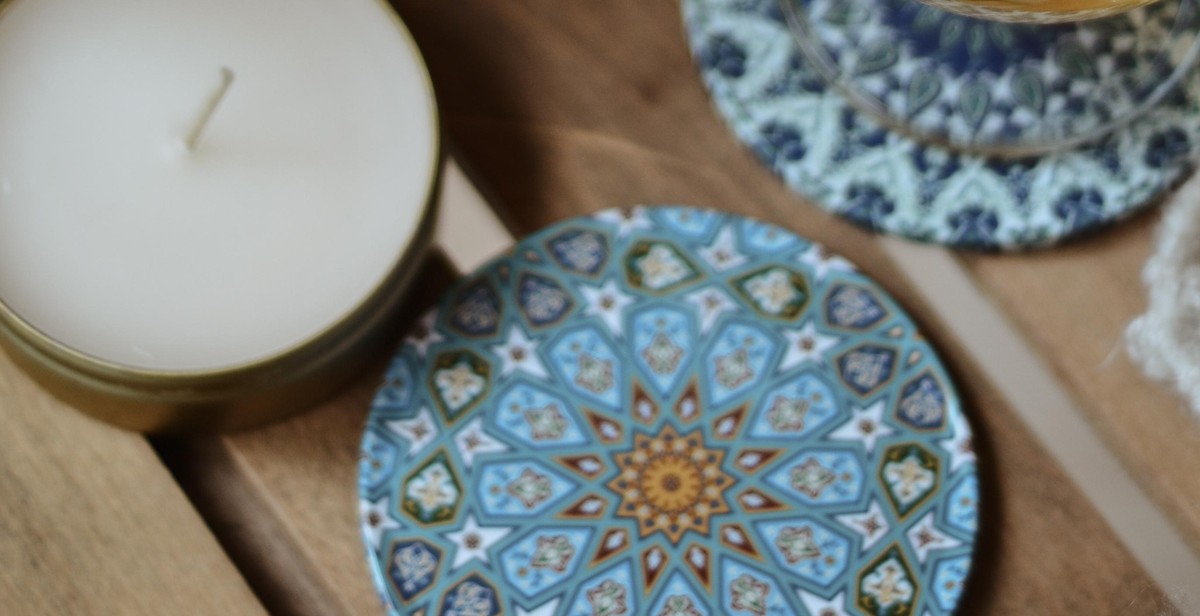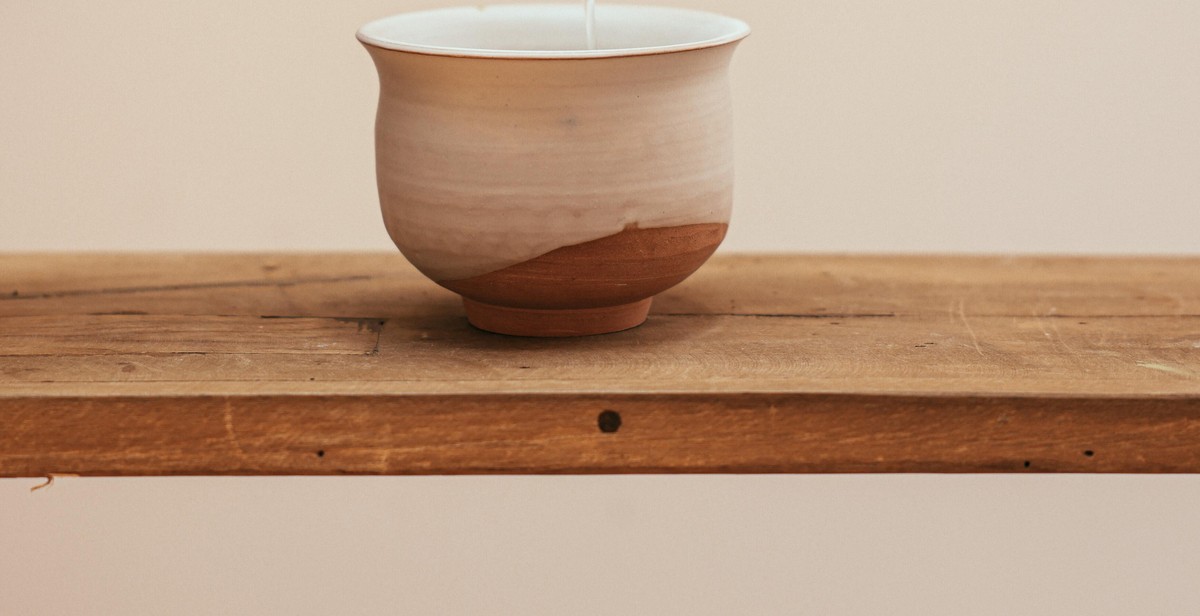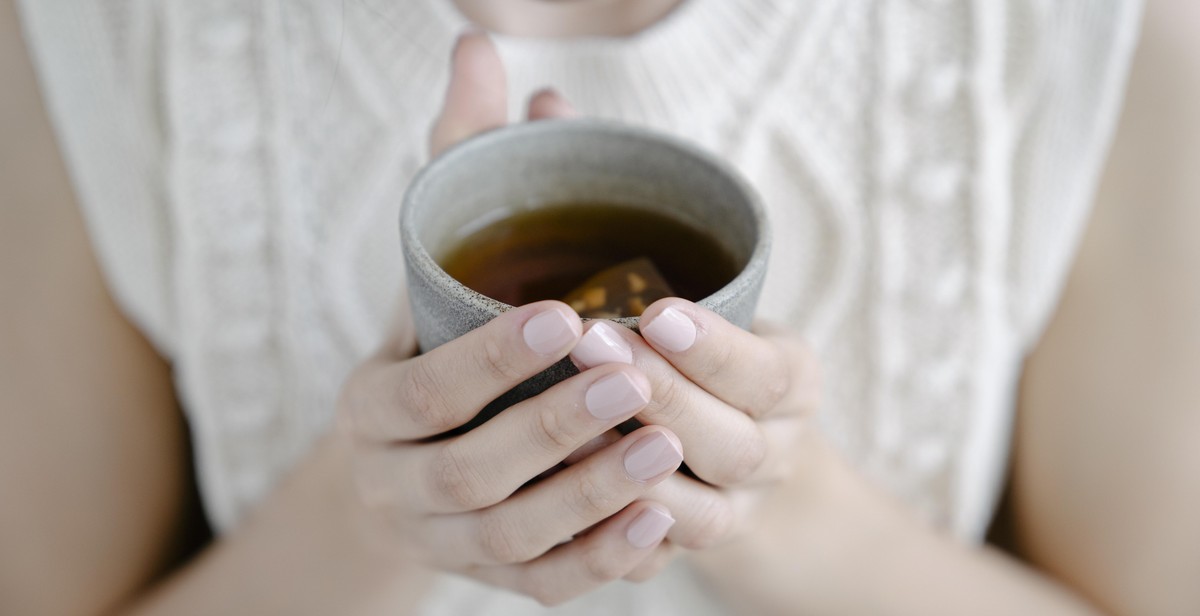How to Brew the Perfect Cup of Herbal Tea
Herbal tea is a popular beverage that is enjoyed by people all over the world. Not only does it taste great, but it also has numerous health benefits. Brewing the perfect cup of herbal tea can be a challenge, however, as each type of tea requires a different brewing method. In this article, we will guide you through the steps to brew the perfect cup of herbal tea.
Choosing the Right Tea
The first step in brewing the perfect cup of herbal tea is to choose the right tea for your taste and needs. There are many types of herbal teas available on the market, each with its own unique flavor and health benefits. Some of the most popular types of herbal teas include chamomile, peppermint, ginger, and hibiscus.
Preparing the Water
The quality of the water used to brew your tea can greatly affect the taste and aroma of the final product. It is recommended to use filtered or spring water for the best results. Boil the water and let it cool for a few minutes before pouring it over the tea leaves.
Brewing the Tea
The brewing time and temperature can vary depending on the type of herbal tea you are using. Generally, it is recommended to steep the tea for 3-5 minutes at a temperature of 200°F to 212°F. Be careful not to overbrew the tea, as this can result in a bitter taste.
Follow these simple steps to brew the perfect cup of herbal tea and enjoy a delicious and healthy beverage any time of the day.

Choosing the Right Tea Leaves
When it comes to brewing the perfect cup of herbal tea, selecting high-quality tea leaves is essential. The quality of your tea leaves will determine the flavor, aroma, and overall experience of your tea. Here are some tips to help you choose the best tea leaves for your cup of tea:
1. Consider the Type of Tea
Herbal tea can be made from a variety of plants, such as chamomile, peppermint, and ginger. Each type of tea has its own unique flavor and aroma. It’s important to choose tea leaves that match your taste preferences. For example, if you prefer a strong, spicy flavor, ginger tea leaves are a good choice. If you prefer a more relaxing, calming tea, chamomile tea leaves are a better option.
2. Look for High-Quality Leaves
Quality is everything when it comes to tea leaves. Look for leaves that are whole and intact, with no signs of damage or discoloration. High-quality tea leaves will have a fresh, vibrant color and a pleasant aroma. Avoid tea leaves that are dusty or broken, as these can affect the flavor and quality of your tea.
3. Determine the Right Quantity of Tea Leaves
The amount of tea leaves you use will also affect the flavor of your tea. Generally, one teaspoon of loose tea leaves per cup of water is a good starting point. However, you may need to adjust the amount of tea leaves based on your personal preferences and the type of tea you’re brewing. Experiment with different amounts to find the perfect balance for your tastes.
| Type of Tea | Quantity of Tea Leaves per Cup |
|---|---|
| Chamomile | 1 teaspoon |
| Peppermint | 1 teaspoon |
| Ginger | 1-2 teaspoons |
By choosing high-quality tea leaves and determining the right quantity to use, you can brew a perfect cup of herbal tea every time.

Preparing the Water
Water is the most important ingredient when it comes to brewing the perfect cup of herbal tea. The quality of the water you use can greatly affect the taste and aroma of your tea. Here are some tips on how to prepare the water for brewing:
Choosing the Right Temperature of Water
Each type of herbal tea requires a specific temperature of water to bring out its unique flavor and aroma. Using the wrong temperature can result in a bitter or bland cup of tea. Here are some general guidelines:
| Type of Herbal Tea | Water Temperature |
|---|---|
| Green Tea | 160-180°F |
| Black Tea | 200-212°F |
| Herbal Tea | 200°F |
It’s important to note that different brands or blends of tea may require slightly different temperatures. Always refer to the package instructions or do some research beforehand to ensure you’re using the correct temperature.
Measuring the Right Quantity of Water
The amount of water you use can also affect the taste and strength of your tea. Generally, a ratio of 1 teaspoon of tea leaves or 1 tea bag per 8 ounces of water is a good starting point. However, you may need to adjust the amount of tea or water depending on your personal preference.
- If you prefer a stronger tea, use more tea leaves or tea bags and/or less water.
- If you prefer a milder tea, use less tea leaves or tea bags and/or more water.
It’s important to measure the water accurately to ensure consistency in each cup of tea. Use a measuring cup or kettle with volume markings to make it easier.

Brewing the Tea
Herbal tea can be brewed in a variety of ways, but the following steps will help you brew the perfect cup of herbal tea:
Step 1: Choose Your Tea
Before you start brewing, choose the type of herbal tea that you want to drink. There are many types of herbal tea available, each with its unique flavor and health benefits. Some popular types of herbal tea include chamomile, peppermint, ginger, and hibiscus.
Step 2: Steeping Time
The steeping time is an essential aspect of brewing the perfect cup of herbal tea. Depending on the type of tea, the steeping time can range from one to ten minutes. Oversteeping can result in a bitter taste, while under steeping can result in a weak flavor. Follow the recommended steeping time for the type of tea you have chosen.
| Type of Tea | Steeping Time |
|---|---|
| Chamomile | 3-5 minutes |
| Peppermint | 3-5 minutes |
| Ginger | 3-5 minutes |
| Hibiscus | 5-10 minutes |
Step 3: Straining the Tea
After the steeping time is complete, strain the tea to remove any leaves or petals. You can use a tea strainer or a fine-mesh sieve to strain the tea. If you are using a tea bag, remove the bag from the cup and discard it.
Some herbal teas can be enjoyed with a touch of honey or lemon. Experiment with different flavors and sweeteners to find your perfect cup of herbal tea.

Enhancing the Flavor
Herbal teas are known for their unique and soothing flavors. However, you can enhance the taste of your herbal tea by adding sweeteners and mixing it with other flavors. Here are some tips to help you achieve a perfect cup of herbal tea:
Adding Sweeteners
If you prefer your tea to be sweeter, you can add natural sweeteners such as honey, agave nectar, or stevia. These sweeteners not only add a sweet taste to your tea but also provide health benefits.
Honey, for instance, has antibacterial and anti-inflammatory properties that can help soothe a sore throat. Agave nectar, on the other hand, has a low glycemic index, making it an ideal sweetener for people with diabetes. Stevia is a calorie-free sweetener that is perfect for those who want to watch their calorie intake.
Tips:
- Start with a small amount of sweetener and add more as needed. You can always add more, but you can’t take away what’s already been added.
- Try different sweeteners to find the one that best suits your taste.
Mixing with Other Flavors
You can also experiment with different flavors to create a unique blend of herbal tea. Here are some flavor combinations to try:
| Flavor | Herbs to Mix With |
|---|---|
| Fruity | hibiscus, rosehips, orange peel, lemon verbena |
| Minty | peppermint, spearmint, lemon balm |
| Spicy | ginger, cinnamon, cardamom, cloves |
Experiment with different ratios of herbs to find the perfect balance of flavors. You can also add a slice of lemon or orange to give your tea an extra kick.
Tips:
- Start by mixing small amounts of herbs to test the flavor before making a full cup.
- Write down the ratios of herbs you use so you can recreate the same flavor in the future.

Conclusion
In conclusion, brewing the perfect cup of herbal tea requires some knowledge about the type of tea you are brewing, the water temperature, and the steeping time. By following the guidelines above, you can ensure that you get the most out of your herbal tea and enjoy its numerous health benefits.
Final Thoughts
Herbal tea is a great way to relax, unwind, and improve your overall health and well-being. Whether you are a seasoned tea drinker or a beginner, there is a wide variety of herbal teas available to suit your taste and preferences. Experiment with different types of herbal teas and brewing methods to find your perfect cup.
Additional Tips
- Always use fresh, high-quality herbs for the best flavor and aroma.
- Store your herbs in a cool, dark place to preserve their freshness.
- Invest in a good quality tea infuser or strainer to make brewing easier and more efficient.
- Experiment with adding different natural sweeteners like honey or stevia to your tea for a unique flavor.
References
| Author | Title | Publication | Date |
|---|---|---|---|
| Smith, J. | The Health Benefits of Herbal Tea | Healthline | 2021 |
| Johnson, L. | The Art of Brewing Tea | Tea Sommelier | 2020 |
By following these tips and guidelines, you can brew the perfect cup of herbal tea every time. Enjoy the soothing and relaxing benefits of this ancient beverage and incorporate it into your daily routine for improved health and wellness.
